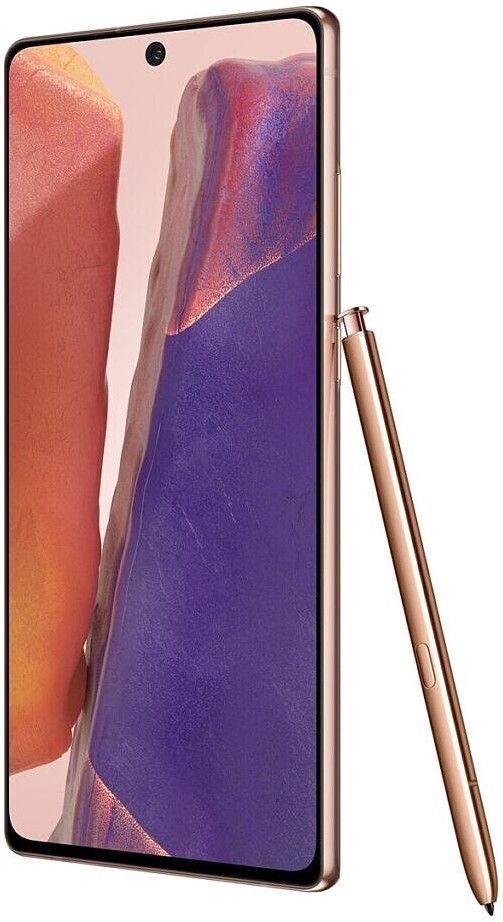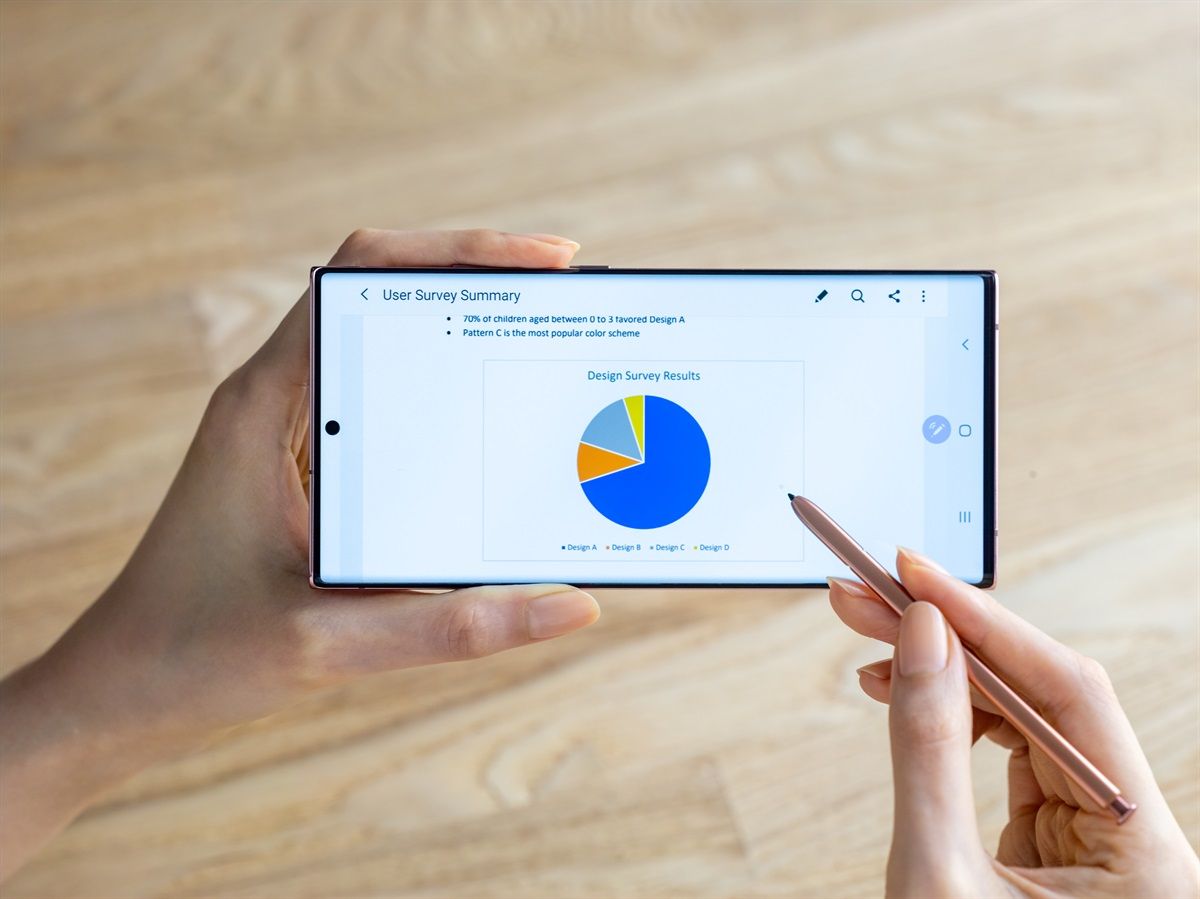The Samsung Galaxy Note 20 Ultra is an incredible smartphone. While it certainly is expensive -- no doubts about that -- it does pack in a fair few new technologies that make it an exciting Android phone to hold in your hands, more so than the regular Galaxy Note 20. One of these new technologies is VRR, or Variable Refresh Rate, as the Galaxy Note 20 Ultra is the first smartphone to use Samsung Display's new VRR OLED display.
Samsung Galaxy Note 20 Ultra XDA Forums
Samsung Display is announcing that the Galaxy Note 20 Ultra 5G features new display technology that allows for greater power-savings than was seen on previous commercially available flagships. This low power OLED makes use of adaptive frequency technology to reduce the display power consumption by up to 22% (though a baseline has not been specified). This adaptive frequency tech allows the display panel to utilize variable refresh rates that consume the "least possible amount of power" for each type of application. For mobile games, the display supports a 120Hz scan rate; for movie streaming, it goes down to 60Hz; emails go down to 30Hz, and viewing still images or browsing social media takes it down to 10Hz.
Samsung Galaxy Note 20 Ultra 5G (Exynos) First Impressions
High refresh rate smartphones prior to the Galaxy Note 20 Ultra used certain fixed refresh rates, meaning that they would need to stick to 60Hz, 90Hz, 120Hz or 144Hz depending on the smartphone and the setting. Companies often adapted "variable" refresh modes, but these notch down the display to a comparatively conservative 60Hz only on a per-application basis. The display would consequently either by at 60Hz always, or at a high refresh rate sometimes and 60Hz in other cases. So even though OEMs referred to these mixed modes as "variable" refresh rates, these still offered a seemingly fixed refresh rate -- the panel itself could not automatically calibrate the refresh rate as it would result in noticeable image flickering because of luminance differences at the lower refresh rates. Samsung Display claims that its new backplane technology eliminates the flickering for operating frequencies as low as 10Hz, and the Galaxy Note 20 Ultra seamlessly switches between discrete 120Hz, 90Hz, 60Hz, 30Hz and 10Hz refresh rates.
While Samsung Display would suggest that this is a variable refresh rate implementation, it's final implementation on the Note 20 Ultra isn't exactly a true variable refresh rate as we have seen in other displays such as gaming monitors and certain TVs. Those have truly variable refresh rates within a certain range, such as 40Hz to 120Hz, letting the refresh rate match the FPS output of the GPU. However, Android does not support true VRR just yet. So even though the display would be fully capable of it, the software isn't, and Samsung would have to resort to making very heavy modifications to enable true VRR. For now, we can stay content with more options and the resultant power savings, but it does make us very optimistic of the future.

Samsung Galaxy Note 20 Ultra
If you want the easiest check out possible, and the safety of ordering through your existing Amazon account, look no further. There's a range of color choices and storage options, all available for delivery by release day.
Source: BusinessWire
Story Via: AnandTech

